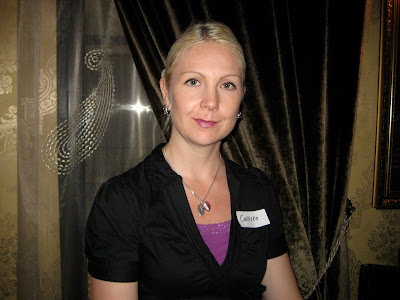Anatomy-Based Planning workshop with Erik Lundh

Erik Lundh of Compelcon held a workshop on Anatomy-Based planning. Erik was kind enough to invite me. I jumped on an early morning train from Gothenburg, just barely made it off the train at the station in Lund, and found my way to the Lund Institute of Technology where the workshop was held. The workshop was well worth getting up early for. Anatomy-based planning offers a neat way of coordinating large projects involving several agile teams. The method is designed to get all stakeholders onboard with an overall plan before going into detailed iteration planning. It is a very fast planning method. All stakeholders are brought together, write the desired capabilities, or "money-making features" on Post-It notes, and build a network diagram showing "in order to have Y, we must first have X" type dependencies between the features. Anatomies are an implementation of the Blackboard Strategy pattern, an approach to collaborative problem solving. Because it is a ve
